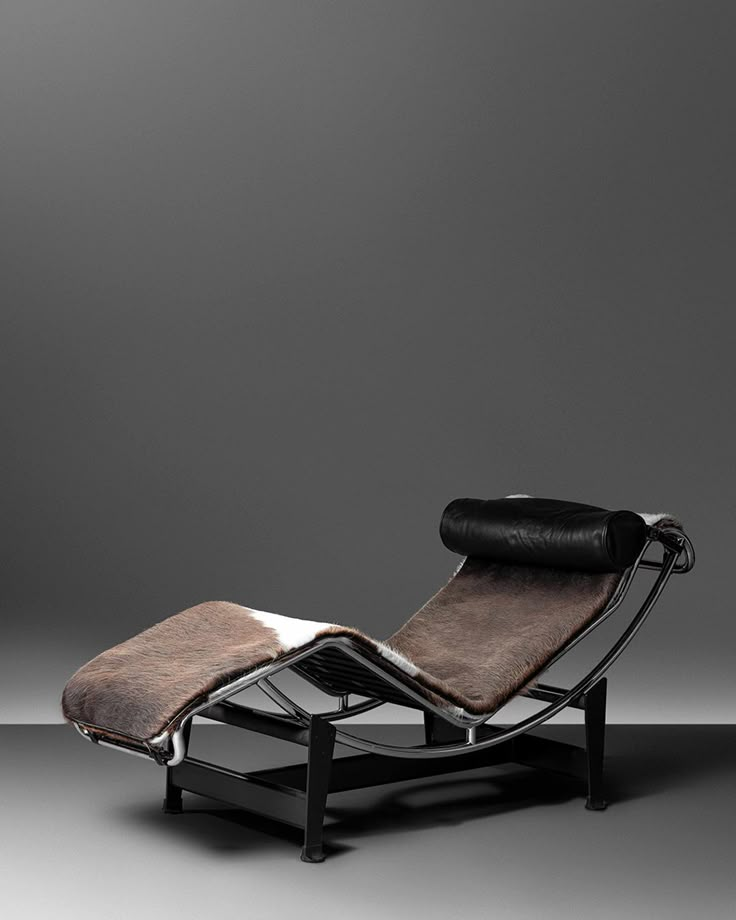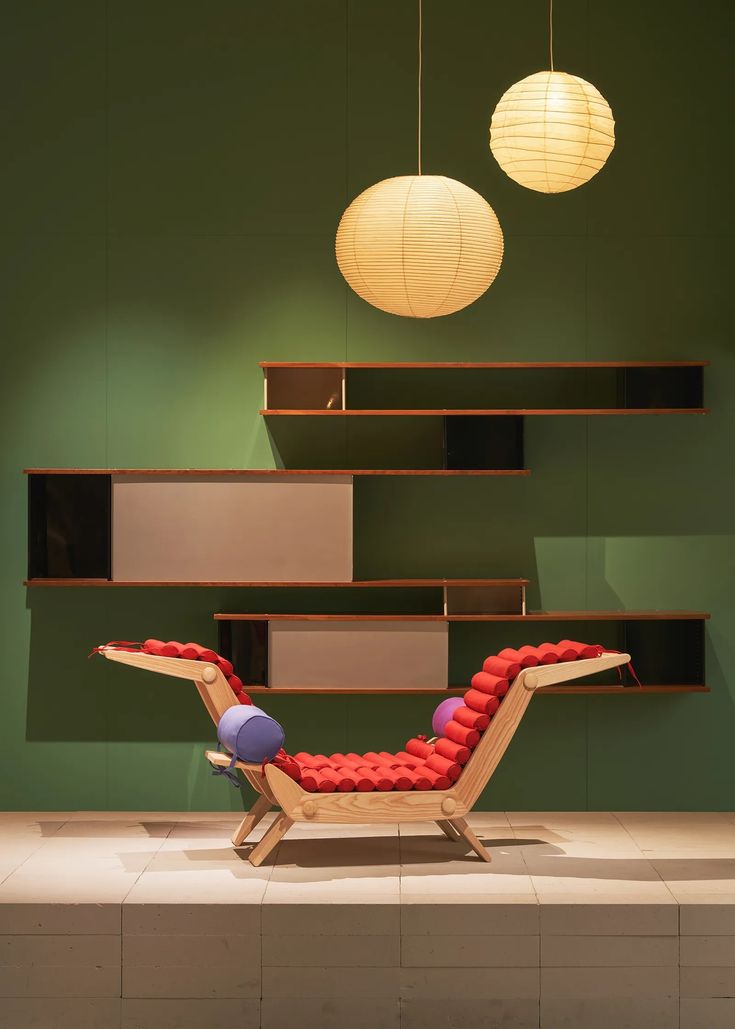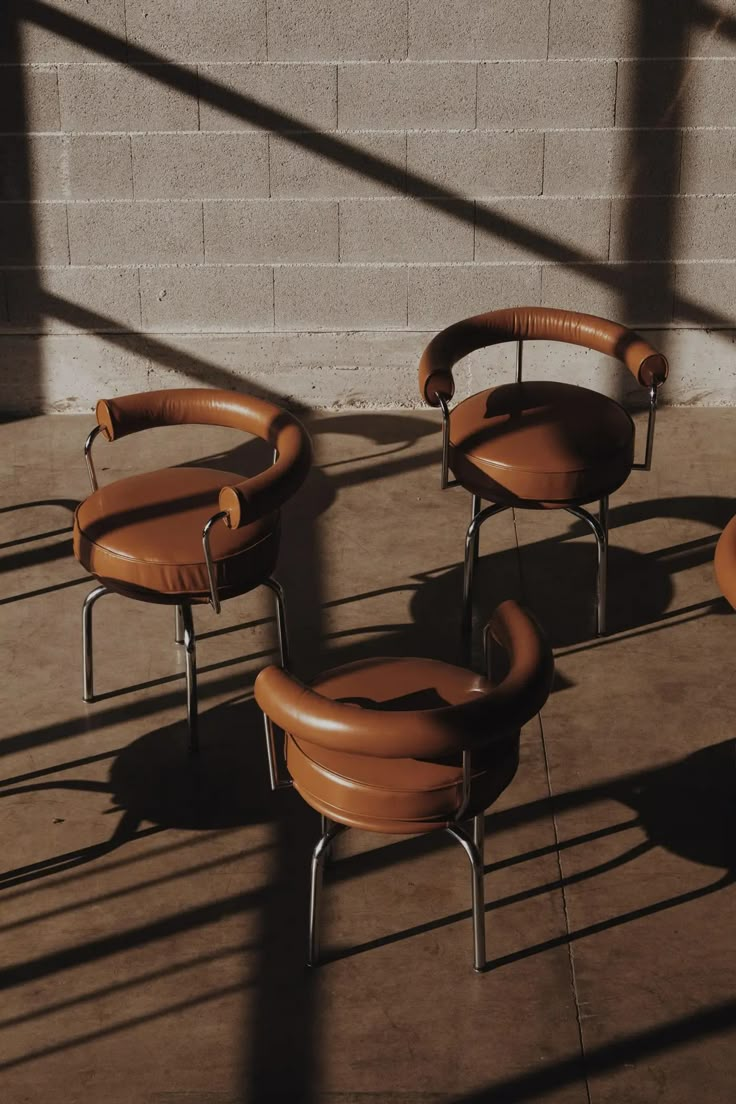
Who Designed Objects, Spaces, and Rituals Shaped For People—Not Prestige
In this new series, we focus on visionaries whose work was never just about aesthetics, but about shaping how we live. From architects to designers, their projects carried a quiet kind of utility, with structures and objects that not only looked beautiful but helped life unfold with more intention. By revisiting their stories, we look at how design can serve as both craft and compass, guiding us toward more conscious ways of living.
Charlotte Perriand (1903–1999) · France
Designing for Life, Not Status
Decades before “human-centered design” entered our vocabulary, Charlotte Perriand was already living it. Working alongside Le Corbusier in the 1920s, she helped redefine modern interiors — but unlike her peers, she saw design not as aesthetic order, but as social architecture.
Her belief was simple yet radical: “Better design means better society.” After the war, she designed prefabricated alpine homes and communal kitchens that placed warmth and accessibility at the heart of modern life. Her pieces, like the Chaise Longue B306, translated industrial materials into gestures of comfort — steel that bent to the human form, proportioned for rest and reflection.
Why it inspires: Perriand envisioned a world where design served people, not prestige. Her legacy endures in every project that blends functionality with empathy — reminding us that to design well is to care deeply. She made modernism humane, proving that the future of living beautifully begins with living thoughtfully.






